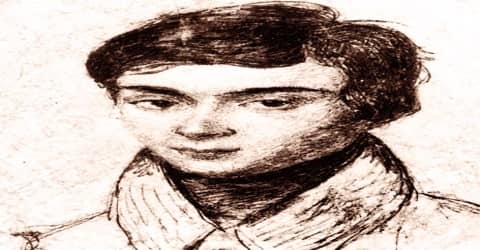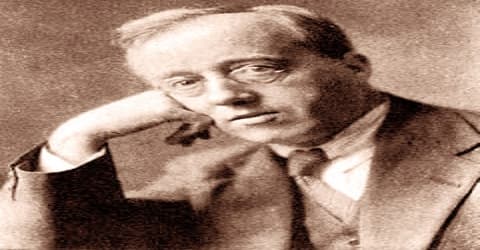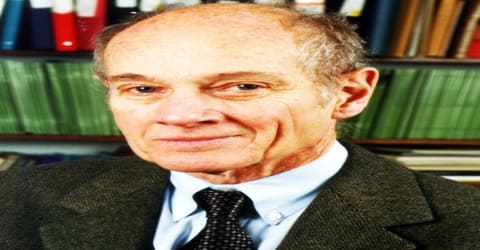Biography of Robert F. Furchgott
Robert F. Furchgott – American biochemist.
Name: Robert Francis Furchgott
Date of Birth: June 4, 1916
Place of Birth: Charleston, South Carolina, United States
Date of Death: May 19, 2009 (aged 92)
Place of Death: Seattle, Washington, United States
Occupation: Biochemist
Father: Arthur Furchgott
Mother: Pena Furchgott
Spouse/Ex: Lenore Mandelbaum (m. 1941), Margaret Gallagher Roth (m. ?-2006; her death)
Children: 3
Early Life
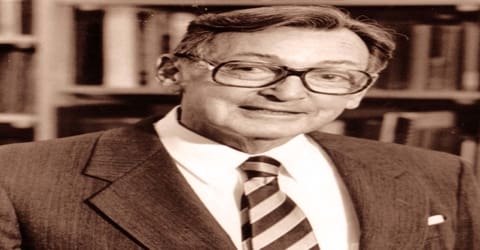
An American pharmacologist who, along with Louis J. Ignarro and Ferid Murad, was co-awarded the 1998 Nobel Prize in Physiology or Medicine for the discovery that nitric oxide (NO) acts as a signaling molecule in the cardiovascular system, Robert F. Furchgott was born on 4th June 1916, in Charleston, South Carolina, U.S. to Arthur Furchgott, a department store owner, and Pena (Sorentrue) Furchgott.
The son of a department store owner, Furchgott spent many years of his youth in small towns where he developed a love for nature and sciences. As a boy, he loved visiting beaches, marshes, and woods, and was an avid bird watcher. From a young age, there was no doubt in his mind that he was meant to become a scientist and his parents’ encouragement further fuelled his ambitions. After completing a degree in chemistry from the University of North Carolina at Chapel Hill, he proceeded to earn his doctorate in biochemistry from Northwestern University. He taught and researched at Cornell and Washington Universities for several years before joining the SUNY-Brooklyn’s department of pharmacology in 1956 from where he retired after more than three decades. Over the course of his research, he primarily studied the mechanism of drug interaction with the receptors in blood vessels. Experimenting with rabbits, he also developed a method for determining how blood vessels respond to medications, neurotransmitters, and hormones.
Childhood, Family and Educational Life

Robert F. Furchgott, in full Robert Francis Furchgott, was born on June 4, 1916, in Charleston, South Carolina, the U.S. to Arthur Furchgott and Pena (Sorentrue) Furchgott. His father was a department store owner. Growing up in a rural town, the young boy developed a love for nature. He would often visit nearby beaches, marshes, and woods on field trips organized by the local Museum.
In 1929, his family shifted from Charleston to Orangeburg where Furchgott spent his high school years. Furchgott decided to become a scientist during his high school years. His parents encouraged him and gave him chemistry sets and a small microscope as presents. He finished high school in 1933.
Furchgott graduated with a degree in chemistry from the University of North Carolina at Chapel Hill (1937), and went on to earn a Ph.D. in biochemistry at Northwestern University (1940), immediately joining a medical faculty thereafter.
Personal Life
Robert F. Furchgott, who was Jewish, lived for most of his marriage and career life in Woodmere, NY (Long Island). His first marriage was to Lenore Mandelbaum in 1941 with whom he had three children; Jane, Terry, and Susan. His wife died in 1983 after more than four decades of marriage. Furchgott’s daughter, Susan, was a prolific artist in the San Francisco counter culture and a co-founder of the Kerista Commune (she was also known as “Even Eve” and “Eve Furchgott”).
Furchgott’s second marriage was to Margaret Gallagher Roth. They remained together till her death in 2006. Furchgott served as a professor emeritus at the State University of New York Downstate Medical Center. In 2008 he moved to Seattle’s Ravenna neighborhood.
Career and Works
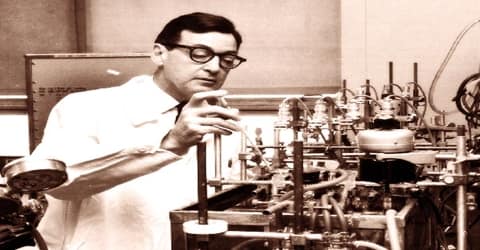
After completing his doctorate Robert F. Furchgott was offered a postdoctoral position at the Cornell University Medical School in New York City in the laboratory of Dr. Ephraim Shorr, an Associate Professor of Medicine at the institute.
Furchgott’s first postdoctoral appointment was at Cornell University Medical School (1940-49), where he studied mediators of shock. He was an assistant professor in the pharmacology department of Washington University, St Louis (1949-56), where he developed his lifelong interest in drug-receptor interactions, particularly in the adrenergic system which regulates blood vessel flow and smooth muscle tone. His experimental methods were largely based on rabbit aorta preparations.
The 1950s marked an exciting period for him as he researched on the energy metabolism and function of rabbit intestinal smooth muscle. His further research shifted to the rabbit thoracic aorta from the intestine and he developed a method for determining how blood vessels respond to medications, neurotransmitters, and hormones. By 1953, he had published a paper titled ‘Reactions of strips of rabbit aorta to epinephrine, isoproterenol, sodium nitrite, and other drugs.’
Furchgott joined SUNY-Brooklyn’s department of pharmacology in 1956, a position he held until 1989 when he retired as professor emeritus and became an adjunct professor at the University of Miami School of Medicine in Florida. Nearly all of Furchgott’s research involved the study of the mechanism of drug interaction with the receptors in blood vessels.
In 1978, Furchgott discovered a substance in endothelial cells that relaxes blood vessels, calling it endothelium-derived relaxing factor (EDRF). By 1986, he had worked out EDRF’s nature and mechanism of action and determined that EDRF was, in fact, nitric oxide (NO), an important compound in many aspects of cardiovascular physiology. This research is important in explaining a wide variety of neuronal, cardiovascular, and general physiologic processed of central importance in human health and disease. This discovery followed the meticulous analysis of a serendipitous observation and led to the award of the Nobel Prize (1994, jointly with Louis J. Ignarro and Ferid Murad). Wider roles for no have now been identified, including defense against infection and blood pressure regulation. Researchers suggested that nitric oxide could be a key to improved treatments for heart disease, shock, and cancer.
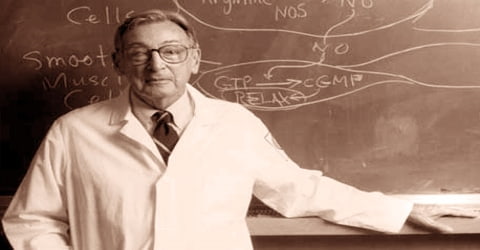
After retirement in 1989, Furchgott maintained active contacts in teaching and research with his former department and the pharmacology department of the University of Miami School of Medicine.
In addition to receiving the Nobel Prize in Physiology or Medicine for the discovery of nitric oxide as a new cellular signal shared in 1998 with Louis Ignarro and Ferid Murad Furchgott also received a Gairdner Foundation International Award (1991) for his groundbreaking discoveries, and the Albert Lasker Award for Basic Medical Research (1996), the latter also with Ferid Murad.
Awards and Honor
Robert F. Furchgott was the recipient of several prestigious awards including Roussel-Uclaf Prize for Research in Signal Transduction (1993) and Wellcome Gold Medal, British Pharmacological Society (1995).
In addition to the Nobel Prize, Furchgott received the Albert Lasker Basic Medical Research Award in 1996.
Robert F. Furchgott along with Louis J. Ignarro and Ferid Murad was awarded jointly the Nobel Prize in Physiology or Medicine 1998 “for their discoveries concerning nitric oxide as a signaling molecule in the cardiovascular system.”
Death and Legacy
Robert F. Furchgott died on May 19, 2009, in Seattle, Washington, U.S. at the age of 92. He is survived by his three daughters, four grandchildren, and three great-grandchildren.
Furchgott is known for his research with nitric oxide (NO) which led to the discovery that NO acts as a signaling molecule in the mammalian cardiovascular system which is one of the most important discoveries in the history of cardiovascular medicine. His work also paved the way for further research which led to the development of Viagra, the anti-impotency drug.
Information Source:


